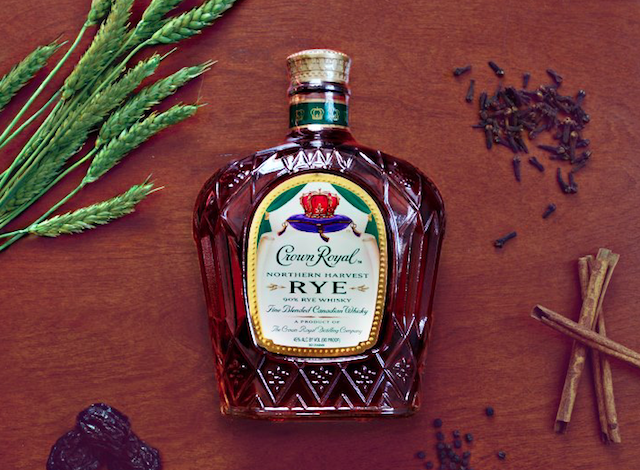Learning to Respect Crown Royal at Canadian Whisky Boot Camp
For a long time, I’ve had a problem with Canadian whisky (I’ll use the Canadian spelling throughout to avoid any confusion in jumping back and forth between “whisky” and “whiskey”). I’m not proud to admit this, as it seems a little presumptuous, but I know I’m also not the only one. Even though Canadian whisky brands still export about 70% of their product to the United States, in this hyper-aware and near-saturated bourbon frenzy we currently live in, Canadian whisky just doesn’t get a whole lot of respect, at least among many American whisky aficionados (nerds). This is not entirely undeserved, what with the fast and loose rules about adding neutral spirits, coloring, and flavoring that our neighbors to the north have (aka the 9.09% rule – up to that amount of additives are allowed), and the perception of adulterated spirits that ensues. Also, have you tried Canadian Club recently? Not good.
Recently, though, I had the chance to visit the Crown Royal distillery in Gimli, a town just north of charmingly dreary Winnipeg, to see how this whisky sold in a purple bag is distilled, and sample the many different expressions the brand offers. I was duly impressed both by the quality of the liquid and the history behind what is the most popular Canadian whisky sold in the United States.
The distillery is a gigantic operation dominating the small lakeside town of Gimli, jutting up like an industrial factory that interrupts seemingly endless acres of farmland. In short, it’s not pretty or bucolic in the way that many of the distilleries that dot the Kentucky countryside are. The large, utilitarian scale makes sense – Crown Royal’s 24/7 operation goes through 300 metric tons of grain per day to produce 33 million LPA (liters of pure alcohol) of distillate per year that fills 1.4 million barrels stored in 46 warehouses on site (four more are being constructed, which will bring the total number of barrels to 1.6 million). That’s a lot of numbers.
This is a massive undertaking apparently leaving no time for architectural eye candy to lure in visitors. Still, it seems like a wasted tourism opportunity. The distillery is not open to the public, only to scheduled media, press, and trade group visits, with stringent security measures that kind of make you feel like there’s something to hide. Given how popular Crown Royal is, it would make sense to construct a visiting center and tasting room there, and might even make grey, rainy Winnipeg (presumably there’s good weather there sometimes…) a destination for whisky fans.
The basic story behind Crown Royal is that the whisky was created in 1939 when King George VI and Queen Elizabeth toured Canada by train. An entrepreneur decided to craft a “whisky fit for a King,” a tagline the company uses to this day, by blending about 50 different whiskies together. Today, the flagship expression, Crown Royal Deluxe, is still a blend of 50 different whiskies, combining what they call base whiskies and flavoring whiskies. “It’s like baking a cake,” said the brand ambassador at the distillery – essentially you use a whole lot of base whisky and just a little bit of flavoring whisky to get the final product. It’s an interesting concept, and one that really focuses on the importance of the master blender, an important craft that is often ignored by consumers.
-

-

-

-

-

-

-

-

-

-

-

-

-

-

-

-

-

-

-

-

-

-

-

-

-

-

-

-

-

-

-

-

-

-

-

-

-

-

-

-









































